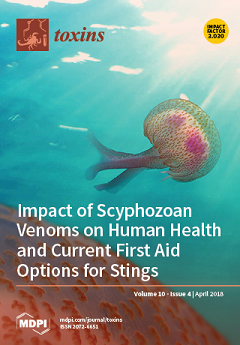Gastric cancer is a major health burden and is the fifth most common malignancy and the third most common cause of death from cancer worldwide. Development of gastric cancer involves several aspects, including host genetics, environmental factors, and
Helicobacter pylori infection. There is increasing evidence from epidemiological studies of the association of
H. pylori infection and specific virulence factors with gastric cancer. Studies in animal models indicate
H. pylori is a primary factor in the development of gastric cancer. One major virulence factor in
H. pylori is the cytotoxin-associated gene A (
cagA), which encodes the CagA protein in the
cag pathogenicity island (
cag PAI). Meta-analysis of studies investigating CagA seropositivity irrespective of
H. pylori status identified that CagA seropositivity increases the risk of gastric cancer (OR = 2.87, 95% CI: 1.95–4.22) relative to the risk of
H. pylori infection alone (OR = 2.31, 95% CI: 1.58–3.39). Eradicating
H. pylori is a strategy for reducing gastric cancer incidence. A meta-analysis of six randomised controlled trials (RCTs) suggests that searching for and eradicating
H. pylori infection reduces the subsequent incidence of gastric cancer with a pooled relative risk of 0.66 (95% CI: 0.46–0.95). The introduction in regions of high gastric cancer incidence of population-based
H. pylori screening and treatment programmes, with a scientifically valid assessment of programme processes, feasibility, effectiveness and possible adverse consequences, would impact the incidence of
H. pylori-induced gastric cancer. Given the recent molecular understanding of the oncogenic role of CagA, targeting
H. pylori screening and treatment programmes in populations with a high prevalence of
H. pylori CagA-positive strains, particularly the more oncogenic East Asian
H. pylori CagA strains, may be worth further investigation to optimise the benefits of such strategies.
Full article






